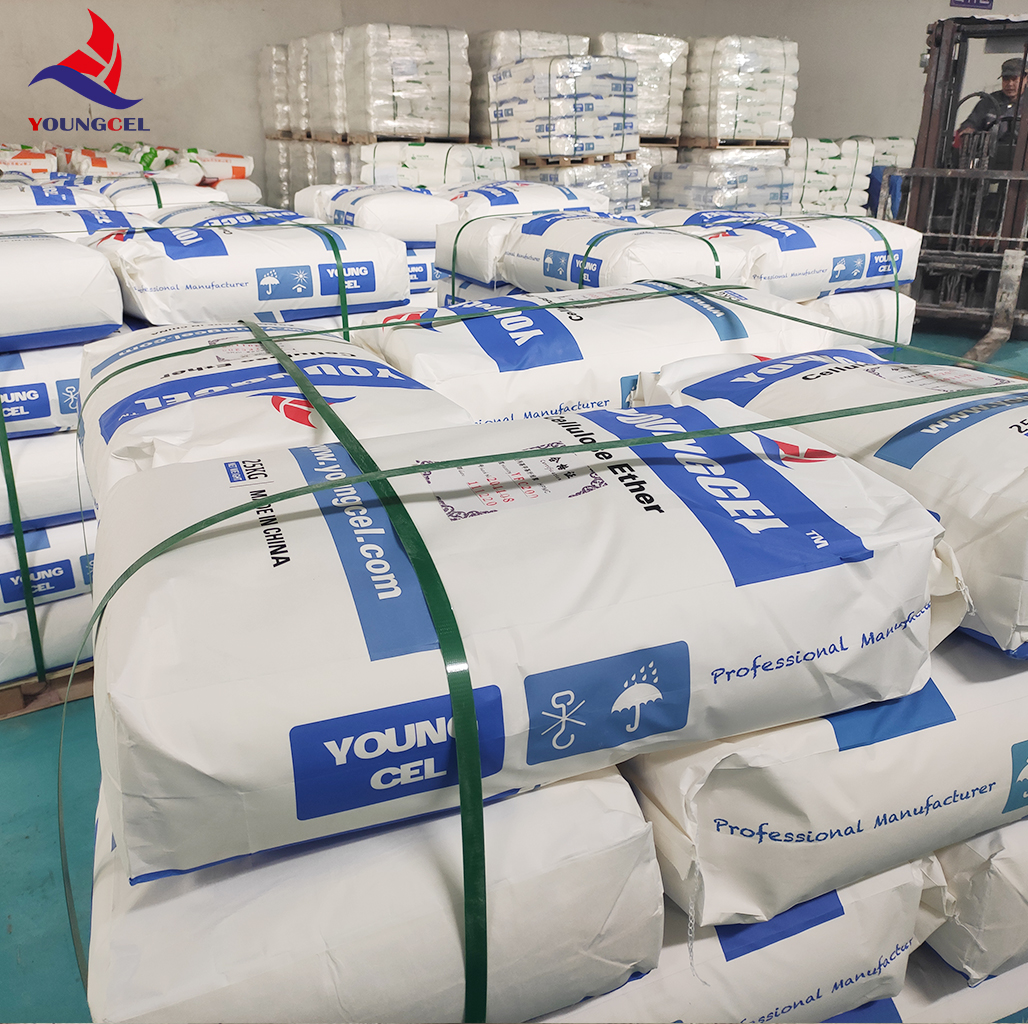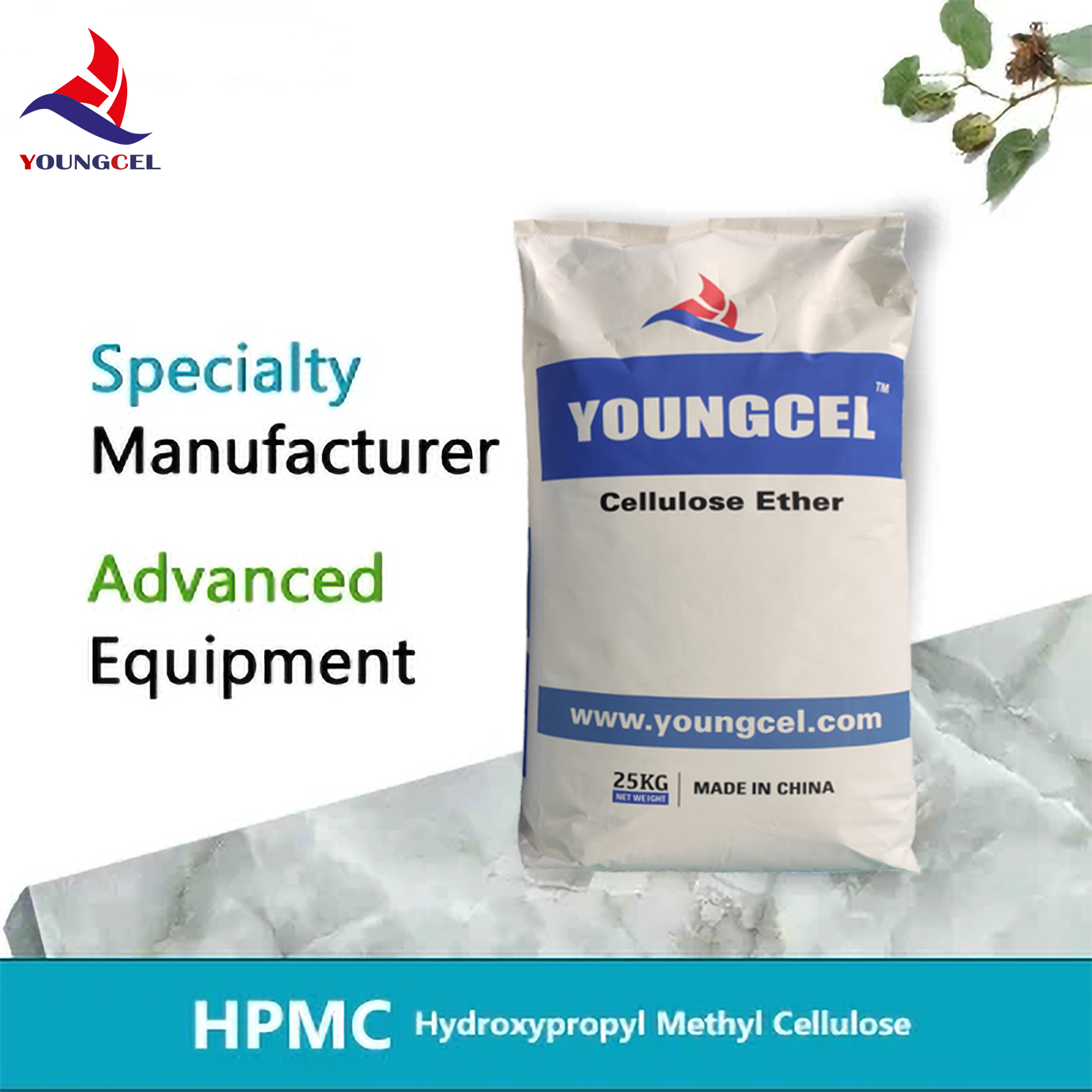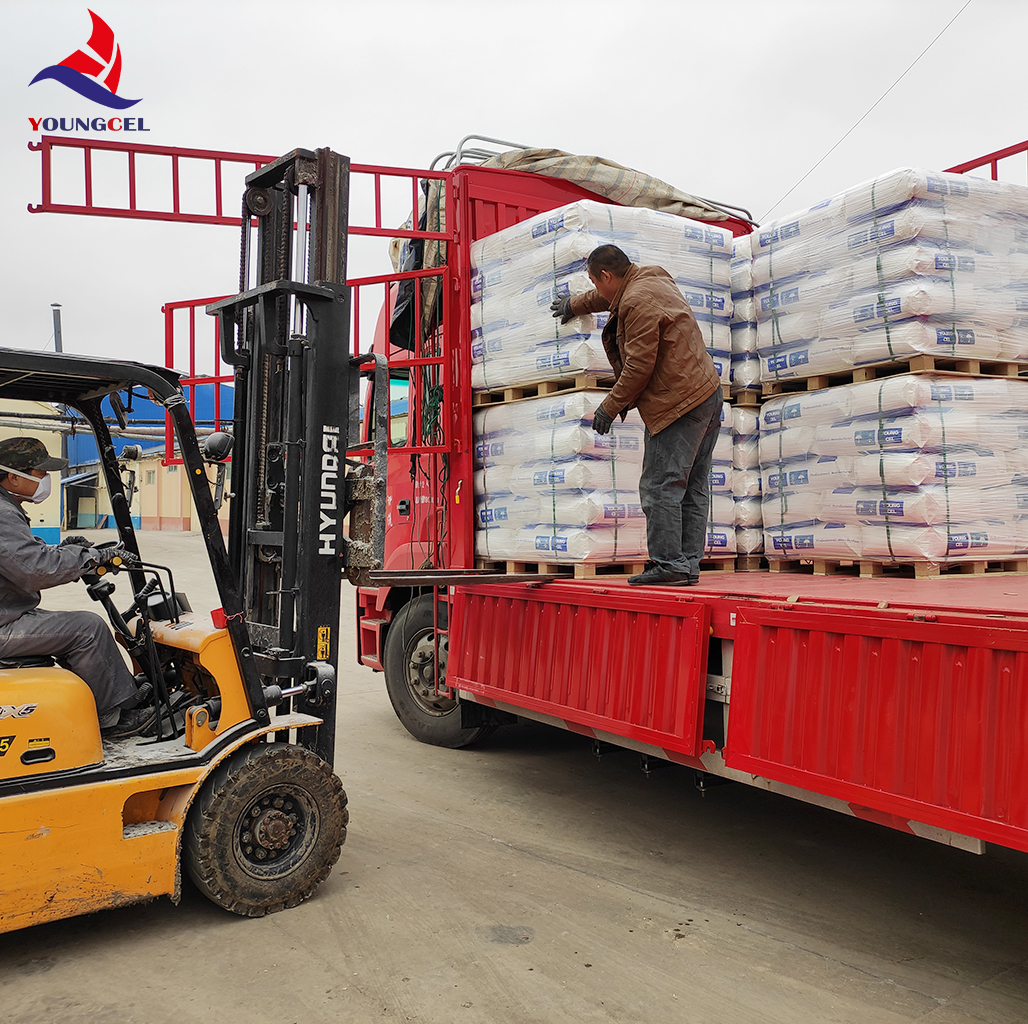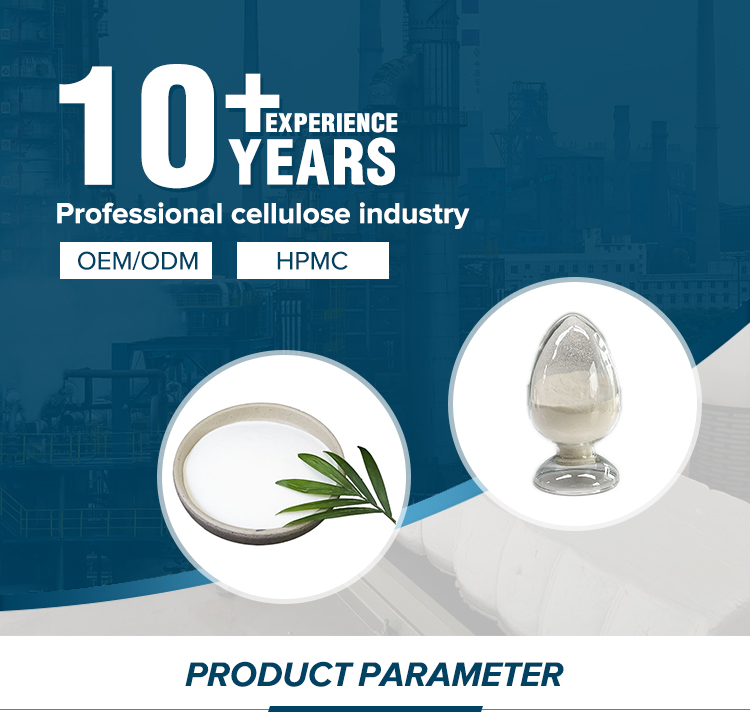Hydroxypropyl Methyl Cellulose (HPMC) is a versatile chemical additive widely used in the construction industry. This article provides an in-depth analysis of its features, technical specifications, applications, and the company behind it, Shijiazhuang Gaocheng District Yongfeng Cellulose Co., Ltd.
Product Overview
Hydroxypropyl Methyl Cellulose (HPMC) is a modified cellulose ether derived from high-purity cotton fibers. It is synthesized through a specialized etherification process under alkaline conditions. HPMC is renowned for its thickening ability, salt resistance, pH stability, water retention, and excellent film-forming properties. These characteristics make it an essential component in construction materials such as cement mortars, ceramic tile adhesives, and gypsum-based coatings.



Key Features of HPMC
- High Purity: Made from 100% cotton fiber, ensuring minimal impurities.
- Excellent Water Retention: Enhances workability and adhesion in cement-based materials.
- Thickening and Stabilizing Properties: Improves the consistency of mortars and coatings.
- Resistance to Mold and Mildew: Extends the shelf life of construction products.
- Compatibility with Solvents: Soluble in water and certain organic solvents like ethanol and propanol.
Technical Specifications
| Parameter | Specification |
|---|---|
| Appearance | Milky white or white powder |
| Carbonization Temperature | 280–300°C |
| Color Temperature | 190–200°C |
| Particle Size | 100 mesh: >98.8%; 80 mesh: 99.9%; Special: 40–60 mesh |
| Apparent Density | 0.25–0.70 g/cm³ (typically 0.5 g/cm³) |
| Specific Gravity | 1.26–1.31 |
| Solubility | Soluble in water and certain solvents (e.g., ethanol/water, propanol/water) |
Applications in the Construction Industry
HPMC is a critical additive in various construction applications due to its ability to enhance material performance. Below are some of its primary uses:
1. Cement Mortar
HPMC improves the workability and cohesion of cement mortars, reducing cracking and enhancing adhesion. It also increases the water retention capacity, ensuring proper curing even in dry conditions.
2. Ceramic Tile Adhesive
As a key component in tile adhesives, HPMC ensures strong bonding between tiles and substrates. Its high viscosity and film-forming properties prevent slippage and improve long-term durability.

3. Refractory Coatings
HPMC acts as a suspension agent and fluidity enhancer in asbestos and refractory coatings. It improves the adhesion of coatings to substrates, ensuring structural integrity under high-temperature conditions.
4. Gypsum Coagulant Slurry
In gypsum-based systems, HPMC enhances water retention and workability, reducing the risk of cracking and improving the bond strength between gypsum boards and substrates.
5. Joint Cement
HPMC is added to joint cement for gypsum boards to improve fluidity and water retention, ensuring smooth application and long-term stability.

Company Background: Shijiazhuang Gaocheng District Yongfeng Cellulose Co., Ltd.
Shijiazhuang Gaocheng District Yongfeng Cellulose Co., Ltd. is a leading manufacturer of cellulose derivatives, specializing in the production of HPMC for construction and industrial applications. With a focus on quality and innovation, the company adheres to international standards to deliver reliable products to global markets.
The company’s commitment to sustainability and precision is reflected in its advanced production facilities and rigorous quality control processes. Their products are widely used in construction, pharmaceuticals, and other industries where high-performance additives are required.
Why Choose HPMC?
HPMC offers several advantages over traditional additives:
- Enhanced Workability: Improves the flow and consistency of construction materials.
- Improved Adhesion: Ensures stronger bonding between materials and substrates.
- Cost-Effective: Reduces the need for additional binders and additives.
- Environmental Compatibility: Biodegradable and non-toxic, making it safe for both workers and the environment.
Industry Standards and Certifications
HPMC meets the National Institute of Standards and Technology (NIST) guidelines for material performance and safety. According to NIST, "The development of precise standards for chemical additives ensures consistency and reliability in construction materials, which is critical for structural integrity and long-term durability." [1]
Conclusion
Hydroxypropyl Methyl Cellulose (HPMC) is an indispensable additive in modern construction. Its unique properties make it a preferred choice for improving the performance of cement mortars, tile adhesives, and other building materials. Shijiazhuang Gaocheng District Yongfeng Cellulose Co., Ltd. continues to lead in the production of high-quality HPMC, supporting the global construction industry with innovative solutions.
References
[1] National Institute of Standards and Technology (NIST). "Standards for Chemical Additives in Construction Materials." Retrieved from https://www.nist.gov.
-
Understanding Methyl 2 Hydroxyethyl Cellulose: Uses, Benefits & Industry InsightsNewsNov.24,2025
-
Hydroxyethyl Methyl Cellulose HEMC: Industrial Uses, Benefits & Future TrendsNewsNov.23,2025
-
HEMC Cellulose: Versatile & Sustainable Industrial Polymer | YoungcelNewsNov.23,2025
-
Methyl Hydroxyethyl Cellulose: Versatile Building Block for Industry & SustainabilityNewsNov.23,2025
-
CAS 9032 42 2: Understanding Polyvinyl Alcohol's Impact on Industry & SustainabilityNewsNov.22,2025
-
Hydroxyethyl Methyl Cellulose: Versatile Solutions for Modern Industry and SustainabilityNewsNov.22,2025




